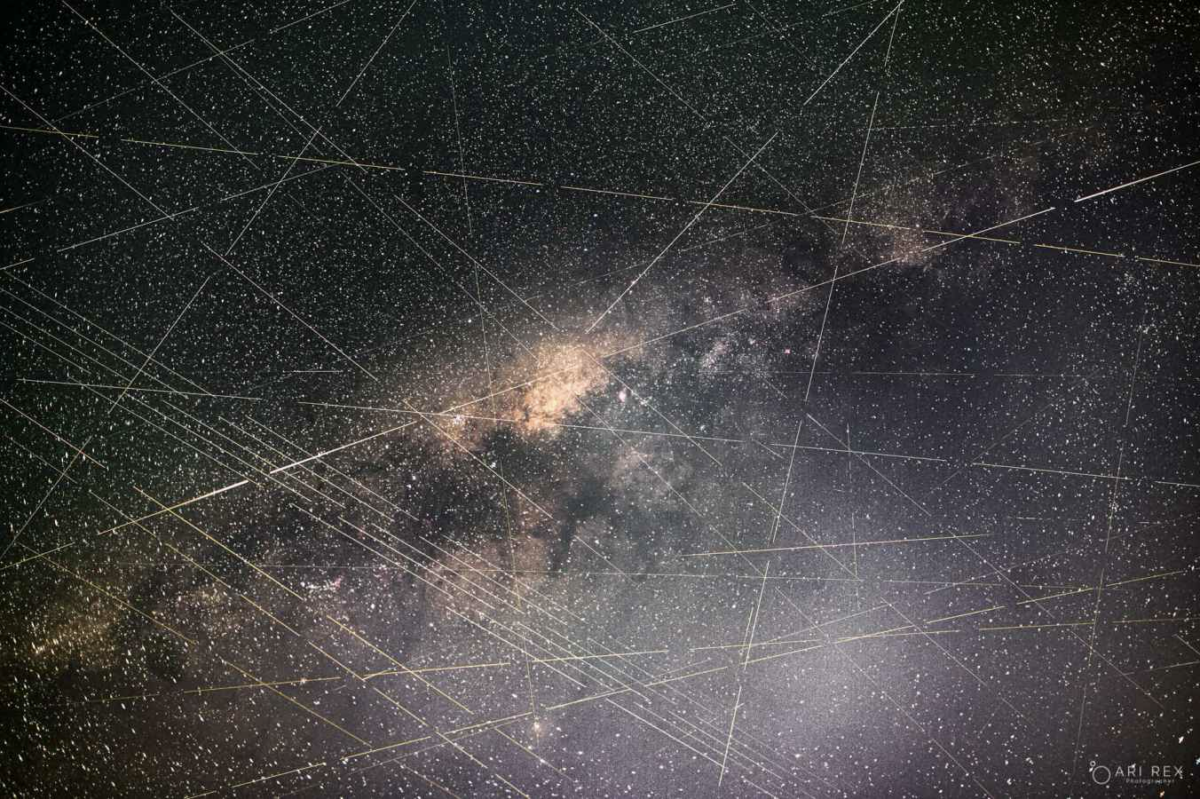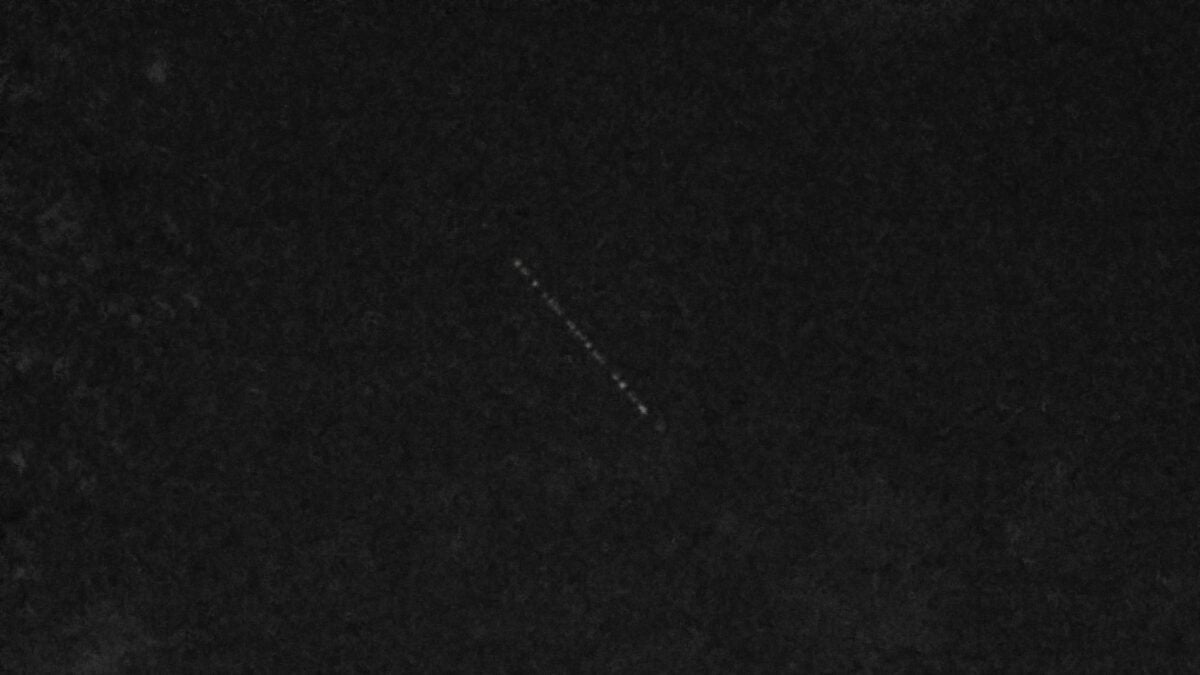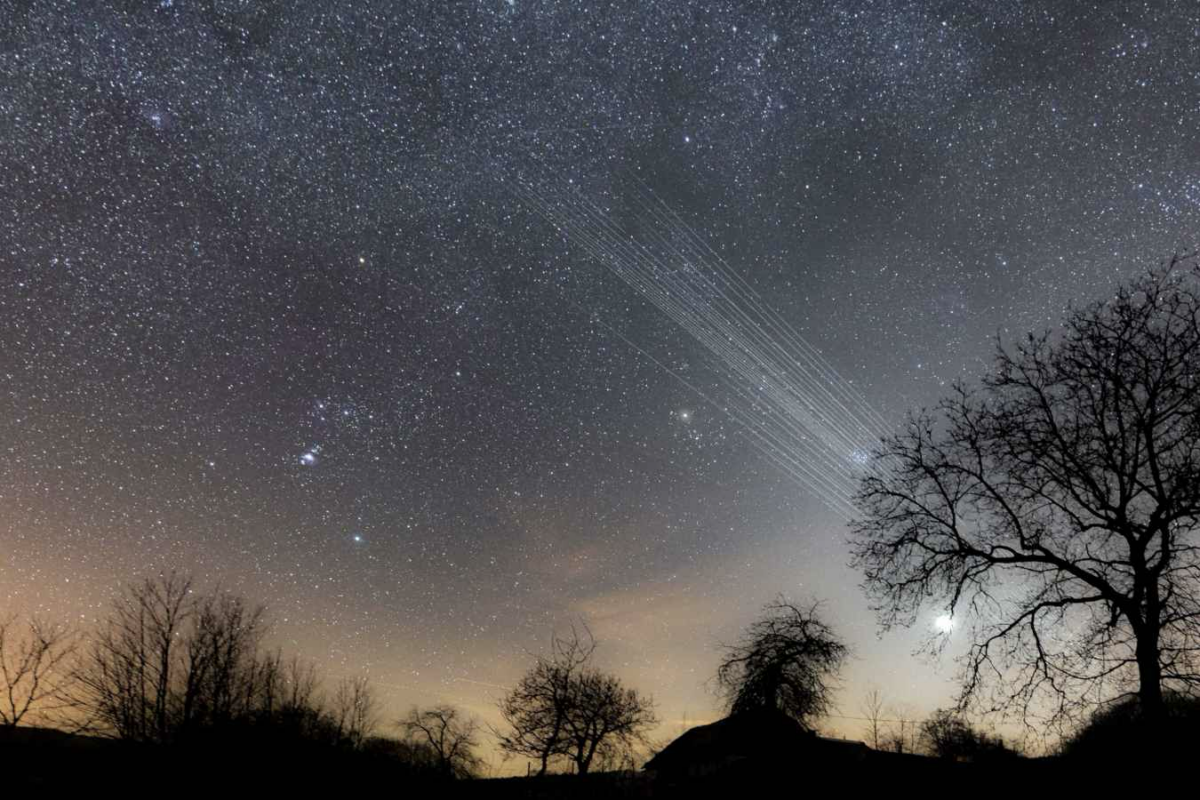
By now you have heard about the SpaceX Starlink satellite constellation currently being launched into low Earth orbit (LEO). Already, more than 2,000 satellites have arrived in their 340-mile-high (550 kilometers) orbits, with another 2,400 to be added to this Generation-1 constellation in the next few years.
Furthermore, the U.S. Federal Communications Commission (FCC) has already given SpaceX approval for the 40,000-satellite Generation-2 constellation, to be completed sometime in 2027. The final $10 billion constellation will generate over $30 billion annually from subscription and hardware sales.
There is no way to stop this profitable train from leaving the station. With already a quarter of a million subscribers and millions more on the way, Starlink will be a boon for connecting people with high-speed internet even from the middle of the Sahara Desert.
Profitable — but problematic?
But against all these successes, we must also measure a few technical downsides. At altitudes of 340 miles (550 km), the orbital decay time from atmospheric friction is about 10 years. That means after only a decade, the satellites will slow down enough to essentially fall out of orbit. According to Hugh Lewis, head of the Astronautics Research Group at the University of Southampton in the UK, SpaceX will have to launch over 4,000 of these million-dollar satellites every five years to keep up with re-entries.
Meanwhile, the Sun is no friend to these satellites, either. The recent Feb. 4, 2022, geomagnetic storm caused the deorbit of 40 of 49 Gen-1 satellites launched that day. Space weather conditions will significantly impact this untested constellation — especially as the current sunspot cycle approaches its maximum around 2025.
What this all means to amateur and professional astronomers is by now a well-known story that many of you have probably been tracking carefully.
Twilight observing troubles
When first placed into a transfer orbit minutes after launch, Starlink satellites can be as bright as magnitude 2.6 stars traveling at high angular speed. A dozen or more follow nearly the same path across the sky, like beads on a string. After a week, they have fanned out to their designated 340-mile (550 km) orbit and fade to about magnitude 5.5 thereafter. This spans the entire domain of apparent magnitudes easily visible with the naked eye, even in some urban environments.
Many of you have by now seen Starlink satellites streaking across the twilight sky. You might have even intentionally captured them using wide-aperture star field photography — or unintentionally seen their presence while imaging through your telescope as they photobomb your picture of the Orion Nebula. Services such as Heavens-Above even provide daily forecasts of when and where to look, making it easy for you to capture them. In many ways, this is reminiscent of the Iridium flares that were so popular to watch for in the early 2000s.
But by the time Gen-2 is complete in five years, 10 times as many streaks will cross the twilight sky and you will not even need a forecasting service to help you spot them and plan your shots! Luckily, at apparent magnitudes of 4 to 6, the satellites will be largely invisible to the light-polluted urban/suburban observer. Since twilight is generally when you are still driving to your dark site, letting your telescope cool down, or perhaps observing the brighter planets, the satellites may not actually be that problematic for amateur astronomers in the hour or so after sunset or before sunrise.
But spiritually and esthetically, for many people, they are a horrific intrusion on what should have been a pristine moment to reflect on the majesty of space and our place in it.

Professional problems
For professional astronomers and NASA, however, Starlink satellites are considerably more problematic.
Luckily again, the vast majority of astronomical research programs at optical wavelengths only begin well after twilight, when the sky reaches its darkest levels. Hunting for an elusive quasar or measuring the distances of high-redshift galaxies takes place long after any Starlink satellite can still be seen via the sunlight reflecting off it. (This is because at twilight, an observer on the ground may be in shadow while the Sun is still visible from high altitudes, causing reflections. Later at night, even satellites fall into shadow and no longer reflect.)
However, a growing interest in surveying the entire sky for transient phenomena (such as supernovae) or near-Earth asteroids makes the twilight sky an important piece of real estate. A study published in January 2022 in The Astrophysical Journal provides an important benchmark on just how intrusive Starlink satellites can be. According to the paper, the Zwicky Transient Facility at Mount Palomar is already affected, even with only a fraction of the final constellation in orbit. In 2021, when only some 1,000 satellites were in place, nearly 20 percent of the telescope’s twilight images had streaks on them. This would also be the case for amateur astronomers getting an early start on photographing their cosmic quarry, from the wide-angle Milky Way to distant deep-space objects.
Fortunately for asteroid hunters, at least, the facility’s professional image processing software can easily eliminate these streaks, so there is little evidence of Starlink satellites compromising such science goals. With the current numbers of satellites, the paper stated there was only a 1-in-3,000 chance that a streak would pass over a transient event. It would thus be very unlikely that an asteroid on a collision course with Earth would be missed.
The situation is a bit different for more sensitive telescopes, however, such as the Vera C. Rubin Observatory’s 8.4-meter Simonyi Survey Telescope, currently under construction in Chile. Its 3200-megapixel camera will capture about 1,000 images of the sky in 9.6-square-degree chunks — every night for 10 years. Each image can detect objects to a limiting magnitude of about 24.
It is now expected that up to 30 percent of its images will contain at least one Gen-2 satellite track. Additionally, a single bright satellite with a magnitude of 5 would not only corrupt the pixels directly under its path across the image, but also produce a 100-pixel-wide (or greater) parallel band of saturated pixels to either side. And every 30-second twilight exposure will have at least one streak across it in the Gen-2 configuration, so that up to 3 percent of the image area will have to be discarded even if the satellites are dimmed to magnitude 7, equivalent to losing several months of observing time.

Orbital collision concerns
The situation may be far worse for NASA and Department of Defense satellites. Simple math dictates that 4,000 satellites in Gen-1 spread across a shell with a radius of 340 miles (550 km) leads to an average distance between satellites of about 250 miles (400 km). For the Gen-2 constellation, this distance is only about 75 miles (120 km). In February 2022, NASA and the National Science Foundation both submitted letters to the FCC warning that the Gen-2 constellation dramatically increases the collision hazard for LEO spacecraft and satellites.
Although SpaceX has equipped each satellite with a collision avoidance system, these have not been tested to show they are scalable from the Gen-1 to the denser Gen-2 constellation. The letters also pointed out that about 20,000 of the Gen-2 satellites would be below the orbit of the International Space Station, thus greatly complicating the ability to find launch windows for the safe transit of cargo and crew missions.
Finally, even orbiting observatories are not immune to catching the glint of Starlink satellite reflections in their shots. Such reflections may interfere with NASA’s fleet of Earth-observing satellites and could double the number of Hubble Space Telescope images that contain satellite streaks — currently 8 percent of all images.
SpaceX is continuing with its creation of Gen-2 and will use its Starship to accelerate these launches by 2023 or 2024. For now, nothing has altered their business model. All it seems we can do is cross our fingers that a killer asteroid doesn’t sneak by in the twilight sky, or that what physics may ordain as the inevitable satellite collision does not also involve loss of life.
What you can do
In 2017, I created a citizen scientist project called Satellite Streak Watcher. The intent is to collect images of Starlink satellites streaking across the sky or obscuring targeted deep-sky objects. Over time, this archive will document the degradation of the sky by these satellites.
So far, 432 observers have contributed 125 images taken with smartphones, DSLR cameras, and through their telescopes. I invite you to contribute your own examples. All you’ll require is a steady tripod and a DSLR for the best wide-field results; or you can submit through-the-eyepiece examples of satellites photobombing your favorite deep-sky object!
Professional astronomers are following this problem and accumulating their own archival imagery. Visit NOIRLab’s website to learn more about how satellites are affecting our sky and what astronomers are doing about it.









